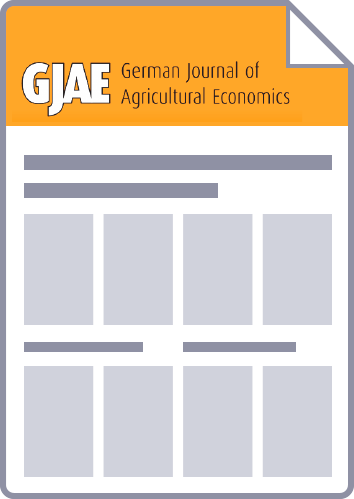This paper presents two approaches to integrating risk into Data Envelopment Analysis (DEA). The risk-adjusted DEA models are applied to a balanced panel of 278 farms with alternative degrees of specialisation in pig fattening. Both models explicitly take account of output risk in determining efficient benchmarks. Output risk is measured and included in both models as standard deviation of total farm gross margin but different assumptions are formulated with respect to the correlation of the output among observations. Contrasting the results of the two risk-adjusted models to those of the standard DEA model reveals significant differences in efficiency scores. The empirical results support the hypothesis that farms with a low degree of specialisation in particular achieve higher efficiency scores when output risk is explicitly accounted for.



